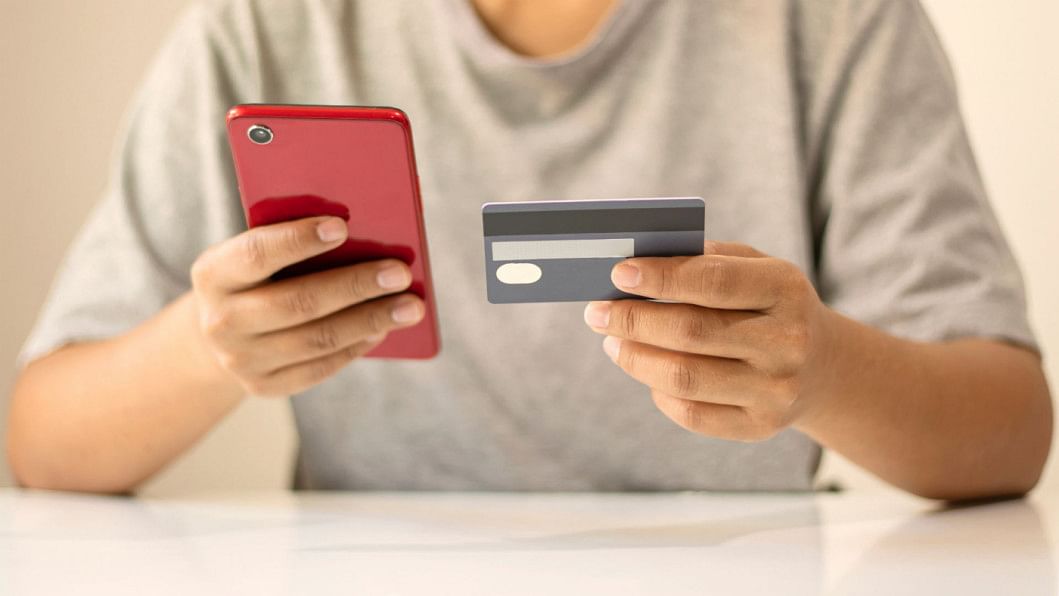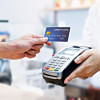Going Cashless: A path towards sustainable growth

'Going digital' has brought instrumental changes to how we live and work every day. We buy clothes online, research holidays on travel portals, order food through apps, split meal bills with friends through a wallet – all as part of our daily lives.
This transformation, in the past few years, has extended to payments as well and at great speed. From making bill payments to the very popular "e-tailing", Bangladeshi consumers are increasingly becoming accustomed to digital payments.
The transition from an eons-old unit of payment like cash to myriad cashless forms like cards, QR codes, online payments, wallets etc. takes a lot more than just time. Consumers have seen, experienced and got used to the benefits of cashless payments. It eliminates the need to shuffle for change, making it much faster. It helps one keep track of spends and has embedded security that protects transactions, along with fraud detection and prevention and redressal mechanisms, none of which can happen with cash payments.
Data from Bangladesh Bank shows the exponential growth in card usage. At point of sale (POS), the transaction value through cards jumped 58% from February'20 to February'23 touching Tk 2,392 crore, while online/ecommerce payments grew 3.3 times in the same period to touch Tk 1,072 crore.[1]
Cashless payments are clearly gaining momentum, aided by increased regulatory support that is fueling innovation, a prime example being contactless payments.
The Growth of Contactless Payments
In Bangladesh, contactless payments were introduced in 2018 for credit cards only. Currently, cardholders can tap to pay via credit, debit and prepaid cards for up to Tk 5,000 without entering their PIN or two-factor-authentication (2FA); they can simply tap to pay. Users receive SMS alerts with details, ensuring the safety of their cards and money.
Contactless payments come with inherent benefits of safety, speed and convenience. One is rid of the hassle of using cash and can pay for purchases in mere seconds by tapping the card. It is a natural fit for places that witness long queues and peak time rush – like transit, quick service restaurants, supermarkets, fuel stations etc.
In many countries, contactless payments using one's card have shortened queues and helped merchants service more customers. Currently the government of Bangladesh is working to make the country's transactions go cashless by 75% within the next four years.[2]
Cards now come with a chip-and-PIN technology that makes them impossible to clone. Now with contactless cards, there are multiple layers of security and real time fraud detection that minimize the risk of fraud. For businesses, cashless payments through commercial cards and other solutions can help streamline operations, provide better working capital support and increase efficiency ensuring transparency within money flows, both for the business and the authorities.[3]
Eventually, this creates positive impact in controlling corruption, tax evasion, and other nefarious activities.
Positive interventions
Regulatory Policies go a long way in encouraging customers to utilize cashless payments. Bangladesh Bank's initiative of "Cashless Bangladesh" is popularizing digital payments via an interoperable QR code across the capital city[4] to bring micro-businesses and street vendors into the world of digital payments[5].
Visa too has been working with the ecosystem to mainstream cashless digital payments and plans to work closely with the startup community to contribute to the Government's Smart Bangladesh vision.
Another key driver of cashless payments is the e-commerce sector. Online retailers have been quick to adopt digital payment methods, familiarizing consumers with the use of digital payments. During festive seasons like Eid, many have special sales to not just boost commerce but to run campaigns encouraging digital payments.
Thirdly, incentives are a great catalyst for habit-forming behaviour, in this case, the usage of digital payments. Consumers and merchants can be offered a cash back/incentive to use and accept cashless payments respectively. Coupled with a possible waiver of Value Added Tax (VAT), this could propel consumers to opt for digital payments vis-à-vis cash.
In addition, setting up a fund for the industry that can be used to deepen acceptance of various digital form factors can greatly help Bangladesh in going cashless.
Lastly, public transport can truly be 'connected' when the physical meets the digital. There is great potential to complement and enhance mass transit systems with contactless, interoperable technology for a smooth commute. We at Visa can help build the future of mobility payments at Metro Rail/Rapid Bus through Contactless i.e. fast, easy, and secure ways for commuters to pay for travel.
Going digital can greatly boost financial inclusion. By increasing access to financial services, creating credit history, access to loans etc., it can help promote economic growth and reduce poverty. According to the United Nations-based Better Than Cash Alliance and a2i, digital payments can boost Bangladesh's gross domestic product (GDP) by 1.7 percent a year.[6]
Moving forward at speed
Infrastructural and connectivity challenges remain an issue in many parts of the country, making it difficult for digital payments to go far and wide. Many consumers still find it difficult to access digital services, particularly in rural areas. In order to make digital payments truly mainstream, there has to be continued investment in infrastructure and awareness.
Despite these challenges, there is no doubt that the move towards a cashless society in Bangladesh is accelerating. With regulatory support and the growth of the e-commerce sector, it is only a matter of time before digital payments become the default payment choice for consumers. This will not only expedite the journey to Smart Bangladesh but will also make the country more competitive on a global platform.
Achieving a cashless society requires a concerted effort from all stakeholders. The government will need to invest in infrastructure and promote digital literacy among the populace. Businesses will need to complement this and ensure that they are accessible to all consumers, regardless of location or socio-economic status.
Consumers need to adapt and adopt digital payments effectively, with confidence and advocate its wider adoption to those around them. This will, no doubt, help to build a more inclusive and prosperous Bangladesh.

 For all latest news, follow The Daily Star's Google News channel.
For all latest news, follow The Daily Star's Google News channel. 





Comments